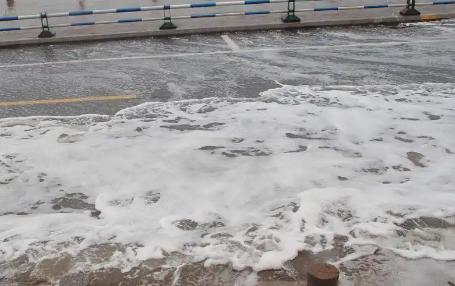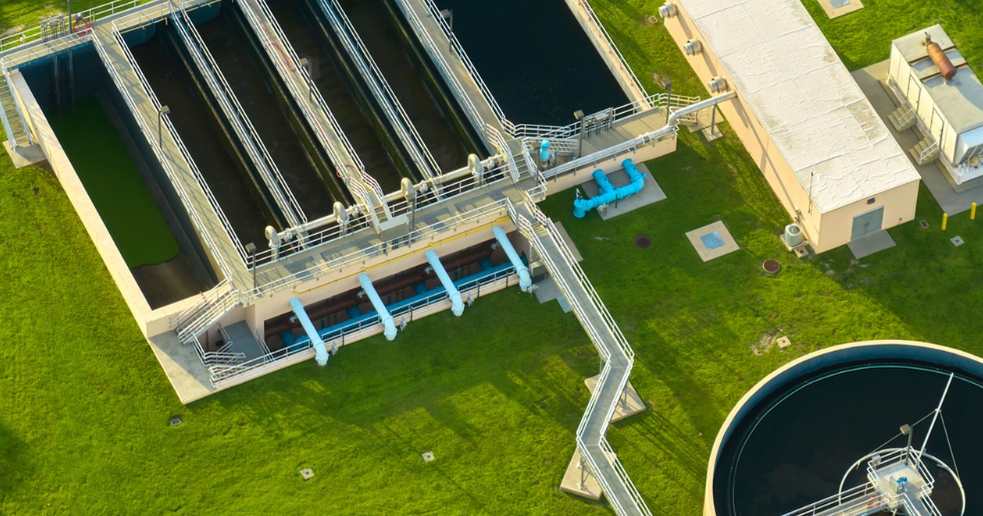In industrial water treatment and reverse osmosis (RO) systems, maintaining membrane integrity and preventing microbial contamination are critical for efficient operation. A key solution in this field is the use of non-oxidizing bactericides, which play a vital role in protecting RO membranes while controlling bacterial growth. This article explores the concept of reverse osmosis non-oxidizing bactericides, their differences from oxidizing bactericides, and their importance as essential agents for reverse osmosis systems.
A non-oxidizing bactericide is a type of chemical biocide that inhibits or kills microorganisms without relying on oxidative mechanisms. Unlike oxidizing bactericides (such as chlorine or ozone), which damage cells through strong oxidative reactions, non-oxidizing variants work by disrupting microbial cell membranes, interfering with metabolic processes, or blocking reproductive functions. This gentle mode of action makes them particularly suitable for RO systems, where membrane materials (often polyamide composites) are sensitive to oxidative stress.
Key Differences from Oxidizing Bactericides
The primary distinction between non-oxidizing and oxidizing bactericides lies in their mechanisms and impacts on RO membranes:
1.Oxidizing bactericides effectively kill a broad spectrum of microbes but pose a significant risk of membrane degradation. Their strong oxidizing properties can break down polymer chains in RO membranes, leading to reduced salt rejection rates and shortened membrane lifespan.
2.Non-oxidizing bactericides, by contrast, offer membrane-friendly microbial control. They are formulated to target specific microbial pathways without causing chemical damage to the membrane surface, making them ideal for long-term, continuous use in sensitive RO systems.
Role in Reverse Osmosis Systems
As specialized agents for reverse osmosis, non-oxidizing bactericides address the unique challenges of biofouling—a major issue in RO systems where microbial slimes accumulate on membrane surfaces. Biofouling increases operational pressure, reduces water flux, and compromises treatment efficiency. Non-oxidizing bactericides combat this by:
1.Preventing biofilm formation: Disrupting the adhesion of microorganisms to membrane surfaces.
2.Killing planktonic cells: Eliminating free-floating bacteria in the feed water.
3.Enhancing membrane protection: Maintaining the physical and chemical integrity of RO membranes, thus extending their service life and optimizing system performance.
Advantages of Non-Oxidizing Bactericides
1.Selective Microbial Control: They target problematic microbes (such as bacteria, algae, and fungi) while minimizing harm to beneficial microorganisms in downstream processes.
2.Stability in Wide pH Ranges: Effective across various water chemistries, unlike some oxidizing agents that lose potency in alkaline conditions.
3.Synergy with Cleaning Protocols: Often used alongside membrane cleaning agents to enhance biofouling control without interfering with other water treatment chemicals.
Conclusion
Reverse osmosis non-oxidizing bactericides are indispensable biocides for modern RO systems, offering a balanced solution for microbial control and membrane protection. By avoiding oxidative damage while efficiently managing biofouling, they ensure sustainable operation, reduced maintenance costs, and prolonged membrane life. As industries increasingly rely on water recycling and pure water production, the role of non-oxidizing bactericides in maintaining the efficiency and longevity of reverse osmosis systems will only grow more critical. Understanding their mechanisms and advantages helps operators make informed choices to safeguard their water treatment infrastructure.
As a professional chemicals manufacturer in the water treatment Industry, Sanmei have helped more than 5,000 plants with process solutions and helped them improve production efficiency, reduce costs, and optimize profit plans. Our main goal is to assist you in optimizing production efficiency and profitability in a sustainable way. Welcome to consult us and get a free wastewater treatment solution by filling in the form below or email to brian@san-mei.com












